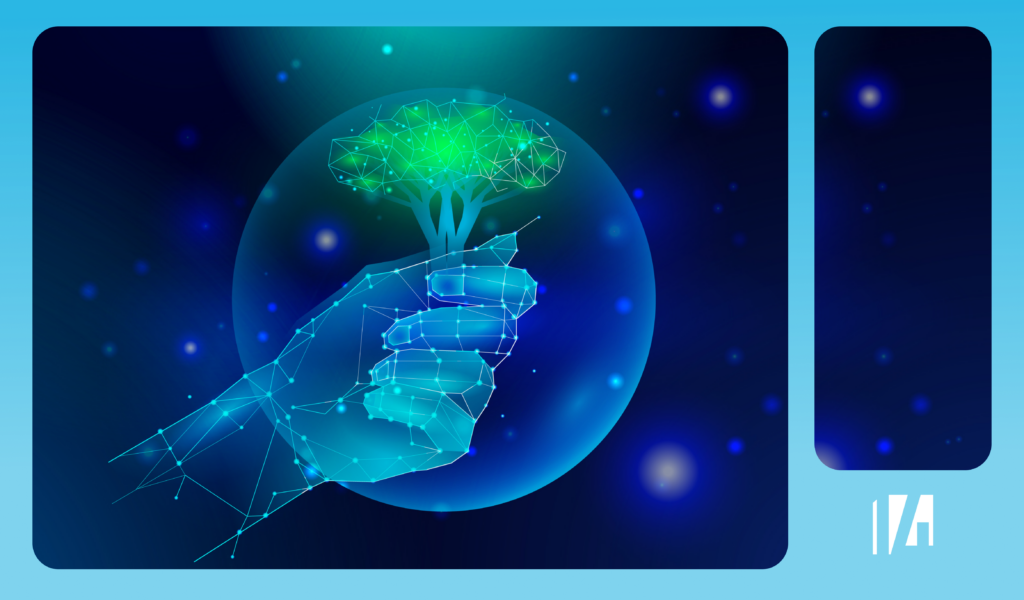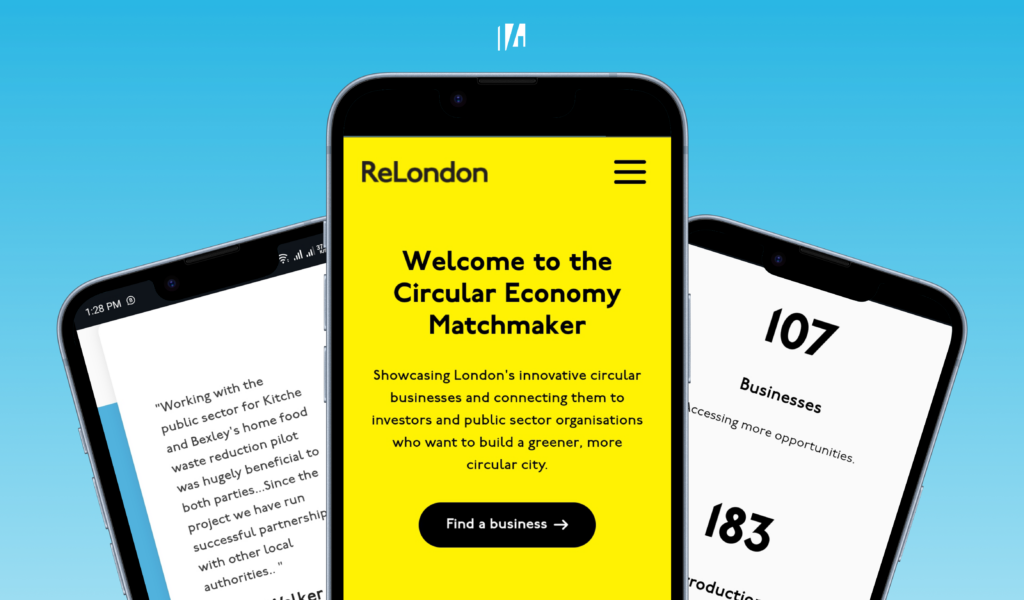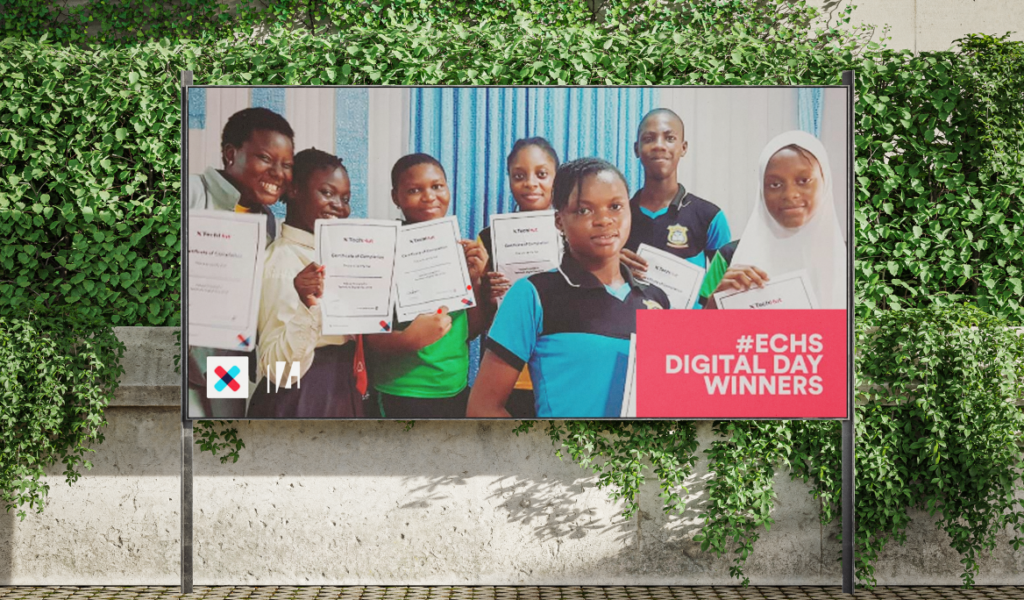Technology
To save the planet and future generations to come, harnessing technology for social and environmental sustainability in our personal lives and within organisations has never been more crucial. The BBC mentioned a few years ago in 2020, the carbon footprint of our gadgets, the internet, and the systems that support them accounts for an estimated 3.7% of global greenhouse emissions. This is similar to the amount produced by the airline industry globally. This figure is expected to double by 2025, which is just over a year away.
Our heavy reliance on technology has benefited us through periods of emergency, such as the pandemic. This consequently helped to reduce the carbon footprint of travelling to meetings and conferences in-person when they can be held online.
At Studio 14, most of our team works remotely, so this is how we play our part in using technology for social and environmental sustainability. However, the irony here is that technology could be just as harmful or even worse, than producing emissions that harm the environment with our method of travel. As much as new technology is being produced every year, old technology is being disposed of every year too, and we can thank consumerism and advertising culture for this. With every new iPhone, Google Pixel or Samsung smartphone we are being persuaded to be upgraded too, a number of older gadgets are likely to be disposed of as a result of this.
Why the need to use technology for social and environmental sustainability?
If we continue on this trajectory of utilising resources without implementing some effective regulation, this could have a huge impact on humanity in the not so distant future.
How can we use technology for social and environmental good?
Building digital products that help us conserve resources whilst monitoring and tracking how we impact our social and environmental sustainability as individuals and organisations. There is an abundance of tools in the marketplace available for organisations that assist with monitoring their Environmental, Social and Governance (ESG) score, which can encourage organisations to be even more accountable with managing sustainability internally and externally.

On the other hand, for individuals this wouldn’t be as complicated, as a personal assessment would need to be done in this case to assess what areas of their lives can be improved to benefit the social world and the environment. For example, household food consumption can be reviewed and using apps and platforms like Too Good to Go can help fight off food waste.
Looking at substitutes for current resources and technology, a solution for social and environmental sustainability can be achieved by saving our environment from pollution and further degradation. Renewable energy sources such as Solar, Wind and Hydroelectricity can be looked at as alternatives to fossil fuel energy. With costs reducing in this area year on year, this is becoming more of a reality.
In addition, looking at alternative forms of commuting such as sharing a ride with strangers or providing a ride to a stranger in your own vehicle, can certainly help reduce the number of cars on the road whilst also reducing carbon emissions. BlaBla Car and UberPool are mobile apps and platforms that make this possible. Alternatively, Electric Bikes and Scooters can also be used for travelling to places of work, or even places of worship and community service.
What other option do we have?
Another option is promoting a circular economy. This is one in which items are kept in circulation for as long as possible, delivering the highest value it can, for as long as it can. So rather than making, using and then throwing things away (a linear system), a circular economy means looking at each of those stages for new ways of cycling materials and value back into the system – using materials and products again and again, in many different forms.

A good example of this seen in action is the Circular Economy Matchmaker platform developed by Studio14 in collaboration with the Mayor of London. This platform showcases London’s innovative circular businesses and connects them to investors and public sector organisations who want to build a greener, more circular city. If you would like to get involved with the community, you can register as a business or explore the website to learn more about the businesses already involved.
Starting campaigns online to lobby for governmental change, whilst raising awareness amongst the general public is a great way of bringing about environmental sustainability change. There are a wide range of websites that are used to start impactful campaigns to get the attention of a nation or the Government. For instance, in the UK, there are hundreds of open petitions or petitions that can be launched on the UK Parliament website.
Donating or volunteering has always been a great way of helping the environment from a sustainability perspective. Fareshare is one of the UK’s largest charities fighting hunger and food waste, and leverages technology to recruit volunteers and redistribute food resources to those that need it the most.
How can we use Technology for social good?
This could come in the form of providing quality education and training programs. The more we are able to spread the word about sustainability, especially in countries where it’s not widely practised, this can not only provide a better standing of living for more people, but also encourage more people to live more green and become better stewards of resources. We play our part in social sustainability with our educational arm called TechHut. This is aimed at students between 13-18, where the vision is to help prepare a digital generation of students for the future workforce and aid in closing the digital skills gap in Africa.

In addition, “Digital Day” workshops are held, where students are put into groups to solve real-world challenges. These challenges force students to think outside the box and create solutions to problems they face on a daily basis. Such problems can include solving for social and environmental sustainability. Countries we are currently running in include Nigeria.
As a Technology company, we always strive to discover even more ways to practise sustainability internally. This could be as little as repairing and upgrading technology eligible for upgrade, rather than just binning it. Although Technology can be perceived as an antagonist to sustainability, it can also empower humanity to bring about the very improvements needed in this area. To learn more about how we use technology for social and environmental good, follow us on Instagram, X, LinkedIn and subscribe to our monthly newsletter. For product development enquiries, send an email to daniel@studio14online.uk.